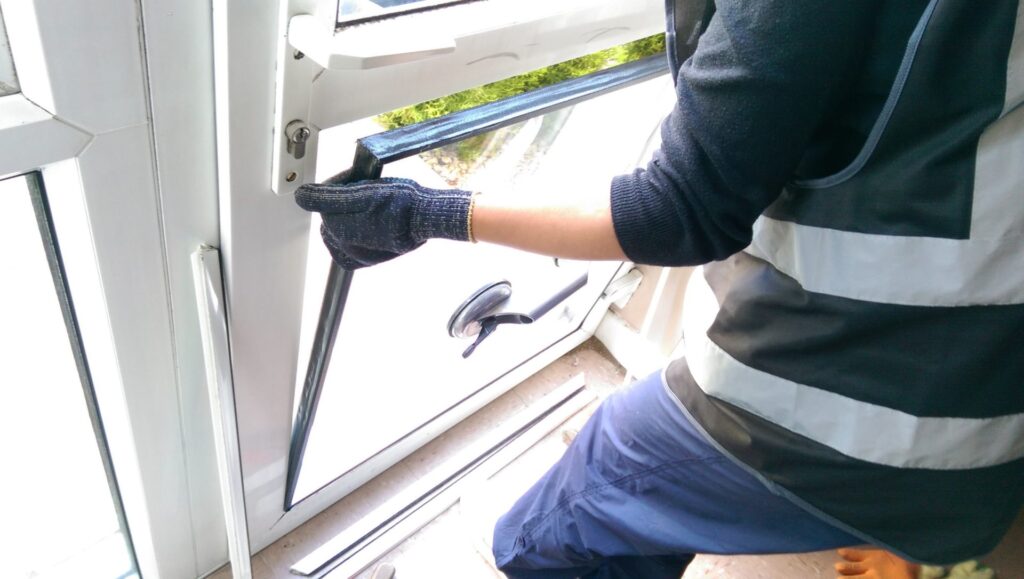Window Scratch Removal: Effective Techniques for a Clear View
Window scratches can be a considerable problem for property owners and lorry owners alike. They can block views, affect visual appeals, and even handle the incoming light. While deep scratches might need professional intervention, lots of small scratches can be removed through various DIY strategies. This article will offer a comprehensive overview of reliable methods for window scratch removal, the essential materials, and often asked concerns to assist readers in attaining a clear and scratch-free surface.
Understanding Window Scratches
Scratches on windows can arise from various sources, including:
- Accidental contact with tough items like secrets or metal tools.
- Environmental aspects such as debris blown by wind or tree branches during storms.
- Improper cleaning strategies utilizing abrasive cloths or strong chemicals.
Different types of window materials, such as glass, plexiglass, or acrylic, may have varying vulnerabilities to scratches. Therefore, it's crucial to identify the window type before picking a removal method.
Methods for Removing Window Scratches
The following table describes numerous strategies for eliminating scratches from windows, along with the associated materials and methods.
| Strategy | Products Needed | Steps |
|---|---|---|
| 1. Sodium Bicarbonate Paste | Baking soda, water, soft cloth | 1. Mix baking soda with water to form a paste. 2. Apply to the scratched area utilizing a soft fabric. 3. Rub carefully in a circular motion for a couple of minutes. 4. Rinse with water and dry with another fabric. |
| 2. Tooth paste | Non-gel toothpaste, soft fabric | 1. Use a percentage of tooth paste straight on the scratch. 2. Carefully rub in a circular motion with a fabric. 3. Wipe away excess with a damp fabric. 4. Dry completely. |
| 3. Glass Polishing Compound | Glass polish, soft fabric | 1. Use a percentage of glass polish to a clean cloth. 2. Rub it into the scratch using circular motions. 3. Buff the location till clear. 4. Tidy the surface area with a moist cloth. |
| 4. Cerium Oxide | Cerium oxide powder, water, soft fabric | 1. Mix cerium oxide powder with water to form a paste. 2. Apply to the scratch using a felt applicator or soft fabric. 3. Rub in a circular motion for numerous minutes. 4. Wipe the area with a moist cloth to eliminate residue. |
| 5. Great Sandpaper | 2000-grit sandpaper, water | 1. Moisten the sandpaper and window. 2. Lightly rub the scratch in a straight line. 3. Rinse and dry the area thoroughly. 4. Apply glass polish to bring back clarity. |
Crucial Tips
- Constantly check any technique on a little, unnoticeable area of the window first to guarantee it doesn't cause additional damage.
- When utilizing abrasives like sandpaper, it's advisable to be careful and apply very little pressure to avoid creating further scratches.
Preventive Measures for Future Scratches
To alleviate the threat of future scratches, think about the following preventive measures:
- Use Soft Cleaning Materials: Opt for microfiber cloths or soft sponges when cleaning to avoid scratching.
- Prevent Abrasive Cleaners: Steer clear of harsh chemicals and gritty cleaners that can engrave glass surface areas.
- Execute Protective Films: Consider setting up protective films on windows, particularly in cars, to protect against minor dings and scratches.
- Keep Windows Free of Debris: Regularly tidy the outside and within surface areas to avoid dirt accumulation that can scratch throughout cleansing.
- Be Mindful During Repairs: When working around windows, be additional careful with tools and materials that might inadvertently contact the glass.
Regularly Asked Questions (FAQs)
1. Can all window scratches be removed?
Not all scratches can be successfully gotten rid of. Deep cracks or chips often need professional repair or replacement. Minor surface scratches, however, can often be dealt with utilizing the techniques mentioned above.
2. Is it safe to use sandpaper on glass windows?
Using sandpaper can risk more scratching if done incorrectly. If you pick to use this approach, go with very fine sandpaper (2000-grit) and apply minimal pressure. This technique typically serves as a last option; for this reason, care is recommended.

3. How do I know what type of window I have?
Usually, glass windows are transparent and cold to the touch. Acrylic or plexiglass windows are generally lighter, more versatile, and may have a slightly plastic texture. Think about performing a scratch test in an inconspicuous area; glass will chip while acrylic will scuff.
4. Will professional services ensure scratch removal?
Professional glass repair services often have specialized tools and compounds for scratch removal. While lots of scratches can be reduced, complete restoration may not constantly be possible, particularly with deep abrasions.
5. How often should I clean up windows to avoid scratches?
Regular cleansing is advisable, however it must be carried out with care. Cleaning up window surface areas about as soon as a month with the appropriate items and methods can assist preserve their clearness and prevent the accumulation of dirt that causes scratches.
Window scratches can reduce the charm and functionality of glass surface areas. However, understanding effective removal strategies and taking preventive measures can substantially improve a window's longevity and appearance. By utilizing simple family products or specialized products, property owners and automobile owners can typically bring back clarity and guarantee an ongoing clear view. With the best knowledge and tools, maintaining scratch-free windows is attainable.
